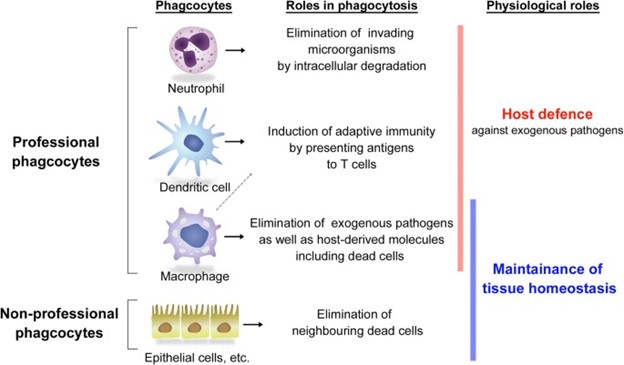In all organisms, the basic unit of structure and function is:
The cell.
The molecule.
The atom.
The macromolecule.
The Correct Answer is A
The cell is the basic unit of structure and function of all known living organisms.
The cell theory states that all living things are composed of cells and that new cells are made from preexisting cells.
Cells are organized from atoms, molecules, and macromolecules, and contain organelles that perform specialized functions.
Choice B is wrong because a molecule is a group of atoms bonded together, not a living unit.
Choice C is wrong because an atom is the smallest unit of matter, not a living unit.
Choice D is wrong because a macromolecule is a large molecule composed of smaller molecules, not a living unit.
Nursing Test Bank
Naxlex Comprehensive Predictor Exams
Related Questions
Correct Answer is A
Explanation
Capillary walls consist of a single layer of epithelial cells, and they exchange substances in the blood for substances in the tissue fluid surrounding body cells.
This single layer of cells is called the endothelium and it forms the barrier between the blood and the interstitial fluid.
The endothelium can be either continuous or fenestrated, depending on the tissue type and function.
The capillaries are very thin and allow red blood cells to flow through them single file.
The capillaries also have a layer of a glycoprotein called the glycocalyx that covers their luminal surface.
Choice B. False is wrong because it contradicts the definition and structure of capillaries.
Capillaries are not made of multiple layers of cells, nor do they prevent the exchange of substances between the blood and the tissue fluid.
Correct Answer is D
Explanation
Macrophages are the main cells that clear out the cell debris by phagocytosis, a process that involves recognition, engulfment, and degradation of the disposable particles.

Macrophages are professional phagocytes that can be found in various tissues and organs, where they perform efferocytosis, the removal of dead and dying cells.
Choice A is wrong because lymphocytes are not phagocytes, but rather immune cells that mediate adaptive immunity by producing antibodies or killing infected cells.
Choice B is wrong because cytokines are not cells, but rather soluble molecules that regulate inflammation and immunity by acting as signals between cells.
Choice C is wrong because mast cells are not primarily involved in clearing cell debris, but rather in allergic reactions and innate immunity by releasing histamine and other mediators.
Whether you are a student looking to ace your exams or a practicing nurse seeking to enhance your expertise , our nursing education contents will empower you with the confidence and competence to make a difference in the lives of patients and become a respected leader in the healthcare field.
Visit Naxlex, invest in your future and unlock endless possibilities with our unparalleled nursing education contents today
Report Wrong Answer on the Current Question
Do you disagree with the answer? If yes, what is your expected answer? Explain.
Kindly be descriptive with the issue you are facing.
